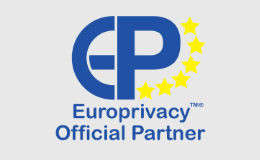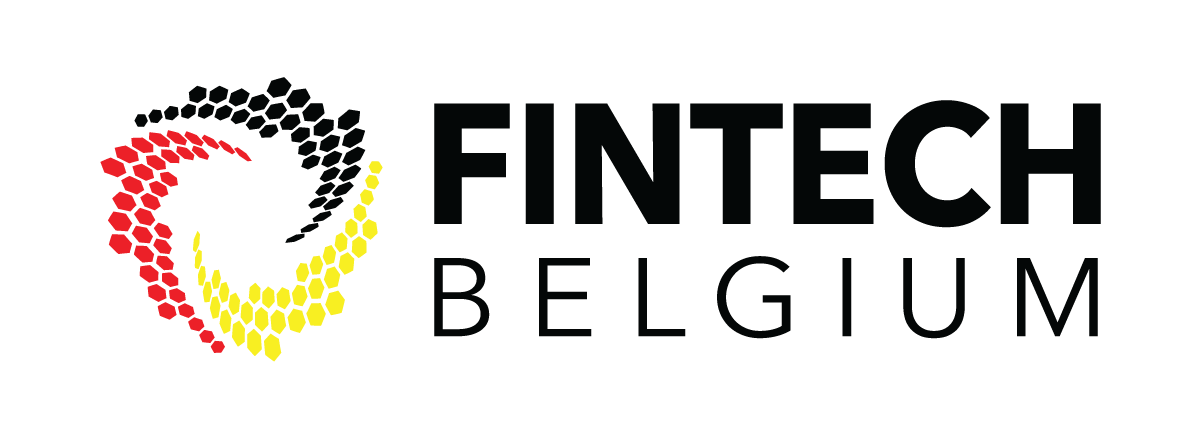Looking for?
MiCAR now finally approved
After a compromise on MiCAR was reached last June, and confirmed in October, it was expected that the final text would still be voted in November. However, legal linguistic review and the translations of the text in all of the official languages of the EU proved to be quite a burdensome process, with the vote being delayed first to February 2023 and then April. On 20 April 2023, the momentous moment finally arrived and MiCAR was adopted with 517 Members of European Parliament voting in favor, 38 voting against, and 18 abstentions.
Next steps
Now that the text has passed through the European Parliament, it will move back to the Council of the European Union. As indicated following the compromise agreement, the Council has committed to approve of the European Parliament’s text, thus finally adopting the text in the wording agreed to by the European Parliament. This is, of course, subject to the European Parliament adopting the text as agreed to in the compromise package, barring some legal linguistic review. The text adopted by the European Parliament does indeed correspond to the compromise text, thus paving the way for the Council’s final decision which will likely be taken rather soon. Once adopted, the text will be published in the Official Journal of the European Union.
MiCAR will enter into force 20 days following its publication, expected in May or June 2023. However, this does not mean that the regulation already becomes applicable.
The actual moment the framework becomes applicable depends on the type of service:
- For issuers of asset-referenced tokens (ARTs) and e-money tokens (EMTs), the framework will become applicable 12 months after publication, so likely in May or June 2024.
- For issuers of regular crypto-assets and crypto-asset service providers (CASPs), the framework will become applicable 18 months after publication, so likely in November or December 2024.
The gap between entry into force and date of application is a means to give national and European regulators, as well as the European Commission, time to prepare for the actual moment where they will need to start enforcing this legal framework. Moreover, EU regulators and the Commission still have quite a few guidelines and regulatory technical standards to develop.
What about crypto-assets issued before MiCAR?
In principle, MiCAR will not apply to offers of crypto-assets to the public that ended before the date on which the regulation becomes applicable. Tokens having been offered to the public before today, or even where the offer will end between now and the date of application, will therefore not be covered by its scope.
However, some provisions in MiCAR may still apply to crypto-assets, other than ARTs and EMTs, that were offered to the public before its date of application. First, this concerns the requirements on marketing communications. If there is marketing to be done after MiCAR becomes applicable, those requirements will still apply. Second, operators of trading platforms must ensure that there is a white paper in place for all crypto-assets they offer on their platform within 3 years after MiCAR becomes applicable.
How to prepare?
1. Crypto-asset service providers
Those offering crypto-related services that will become crypto-asset service providers (CASPs), under MiCAR will need to start preparing their license applications. In principle, there will still be some time: existing service providers may continue to provide their services until 18 months after MiCAR becomes applicable, or until they obtain their license – whichever happens first.
However, Member States may reduce this period of so-called ‘grandfathering’ or not apply any transitory measures at all. This is possible if their national frameworks in this field that were in place before MiCAR were less strict than MiCAR. This should probably apply to most – if not all – Member States, given that nobody had a framework quite as comprehensive as MiCAR. It is therefore advised that crypto-asset service providers check closely whether there will be any transitory measures – and for what duration – in their home Member State.
Member States may also decide to apply a simplified application procedure for CASPs that were already authorized under their own national law to provide crypto-asset services. France, for instance, already had a regime with some services falling under mandatory registration and others being invited to voluntary registration. To use such simplified procedure, applications must be submitted by such entities between the moment MiCAR becomes applicable and 18 months thereafter.
2. Issuers of asset-referenced tokens
Issuers of ARTs that were active before 1 year after MiCAR enters into force may continue their business until they are granted their license, if they apply for such license by 13 months after MiCAR enters into force.
3. Credit institutions
Credit institutions that were already issuing ARTs before 1 year after MiCAR enters into force may also continue to do so until their white paper has been approved, provided that they notify one to the competent regulator by 13 months after MiCAR enters into force.
What remains to be done?
As often with a highly technical topic such as this, the regulation sets out the core principles. A lot of the actual nitty-gritty is relegated to delegated acts and regulatory guidance and technical standards. MiCAR is no exception, and a lot of these texts must still be produced between now and when MiCAR becomes applicable.
These texts will be pivotal in further demarcating the scope of the regulation – for instance with regard to NFTs – and are therefore essential information to our clients in this sphere. We will continue to closely watch this topic and translate this highly tech/legal information to our clients.
Do you have questions about how MiCAR can influence your business? Please contact Timelex.








